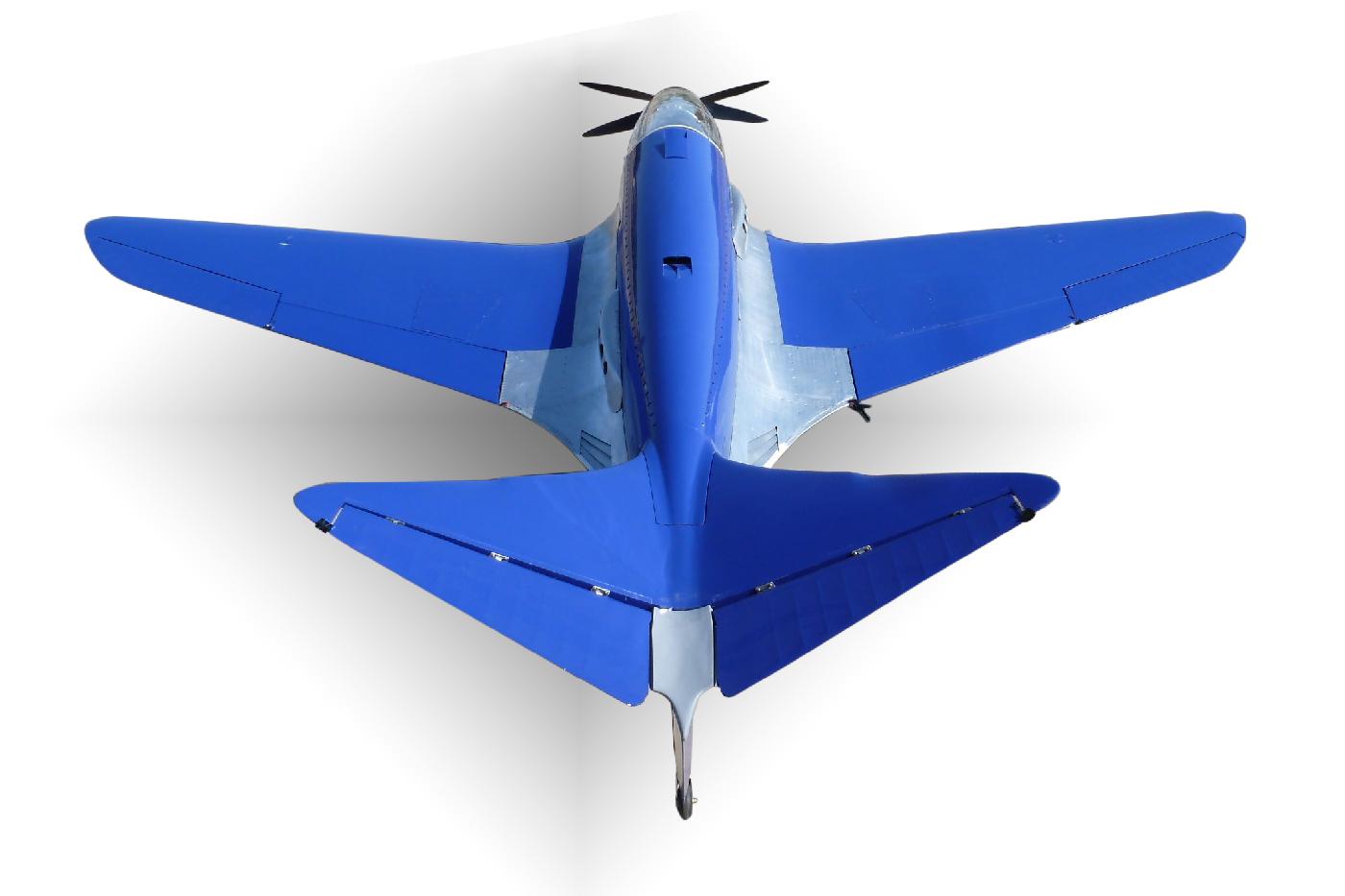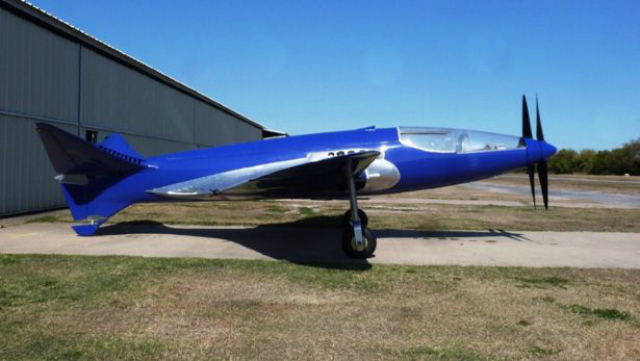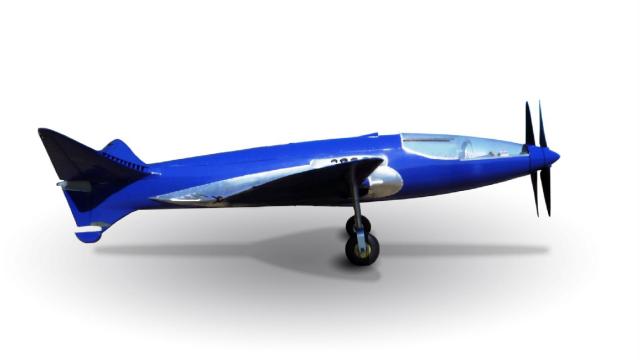This is the Bugatti Model 100P: a 900hp, 800km/h, race plane imagined by none other than legendary automotive designer Ettore Bugatti, so technologically advanced that it could have single-handedly dominated the skies of WWII for Germany, had the Nazis ever gotten their hands on it. But after more than seven decades of obscurity in a French barn, the “Veyron of the Skies” is ready to finally take flight for the first time.
In 1938, Ettore Bugatti enlisted the help of his chief engineer, Louis de Monge, to do something the pair had never attempted before: build an aeroplane. And not just any aeroplane, a screamingly fast racer capable of beating his counterparts in Deutchland’s most prestigious air race: the Coupe Deutsch. And they almost did too.

The Model 100P that Bugatti devised was the SR-71 of its day — an aircraft packed with technology ludicrously advanced beyond the existing state of the art. Measuring a stout 7.6m long with an 8.5m wingspan, the 100P Its fuselage and forward-swept wings were formed from multi-layer wood laminate — sandwiching balsa and hardwoods — a manufacturing technique still widely used today but practically unheard of in the 1940s.

The 100P was exceptionally streamlined thanks to its revolutionary inline engine design — wherein the 100P’s pair of 4.9-litre, 450hp, eight-cylinder racecar engines were positioned behind the cockpit — that drove a pair of counter-rotating props. It also included a 102-degree V-tail, a zero-drag cooling system that ejected air from the trailing edges of the wings, and computer-directed flight controls that automatically changed the wing profile to produce extra lift or reduce drag and acting as an airbrake when pulling out of dives. Even the automatic landing gear took orders from the plane’s computer system.
The airspeed record in 1939 stood at 754km/h, set by a German Messerschmitt. Had the 100P flown in 1940 at the Coupe Deutsch, the maths suggests it would have topped 800km/h. However, the 100P never did fly in 1940, having just missed the entry deadline in September 1939 due to manufacturing delays.

While this was a disappointment to Bugatti, this delay may well have changed the outcome of World War II. During development, the French government learned of the project and approached Bugatti with an offer to use the technology for a new generation of highly manoeuvrable, lightweight fighter planes. He turned them down but as the second World War broke out in June 1940 and Germany invaded France, there became a very real chance that the Germans could learn of and seize the 100P, using the technology as their own war machine to decimate the Allied air fleet, Spitfires and all.
But Bugatti, who became a French citizen after WWI and who rarely hide his distaste for the Germans, wasn’t having any of that mess. Rather than let the plane fall into Nazi hands, he decided to hide the nearly-completed aircraft in a barn somewhere in the French countryside. And that’s where it stayed throughout the war.
After its rediscovery at the end of the War, the 100P was sold and auctioned numerous times before finally coming to rest in the EAA Airventure Museum, where it has been restored and is currently on display. However, this septuagenarian aircraft is far too old and delicate to fly anymore, which is why a dedicated team of classic plane enthusiasts have spent the better half of a decade building an exact, full-scale replica capable of flight.
“The vision, the courage, the entrepreneurial spirit, those things. That’s where the focus is,” Scotty Wilson, a former Air Force pilot and historical plane enthusiast from Tulsa, Oklahoma involved in the replica project, dubbed Le Reve Bleu, told KFOR. “It’s an aeroplane at the end of the day. But it happens to be a very cool aeroplane with an interesting story.”
“The Bugatti 100P was 85 per cent complete when the Germans invaded,” ex-RAF engineer John Lawson, who built the replica’s gearbox, told Metro UK. “If it had flown in 1940 then it would have been a revolution. It was an incredible aeroplane and Louis de Monge, who worked on it with Ettore Bugatti, was a brilliant engineer.”
“The plane was designed to fly very fast but the gearbox wouldn’t have much longevity,”Lawson continued. “I reverse-engineered it from plans and pictures and designed one which runs perfectly.” The Le Reve Bleu team hopes to have the replica finished by this fall and will be making appearances in the skies above the Farnborough Air Show and Goodwood Revival for years to come. [Bugatti 100P– Daily Mail – IB Times – Wikipedia – KFOR – Metro UK – Top Gear]
Pictures: Bugatti Aircraft Association
